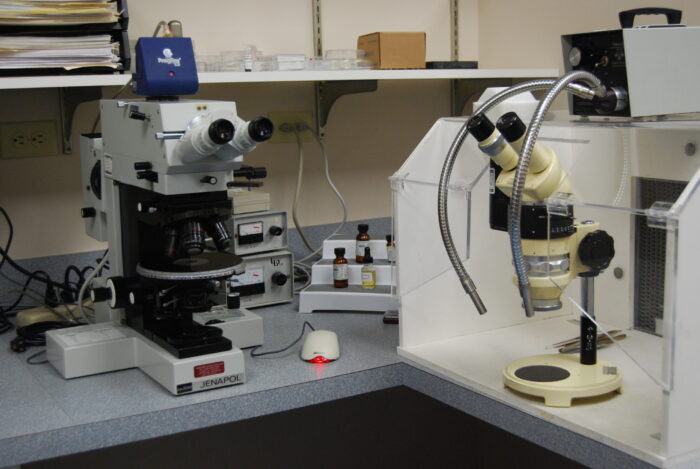Expand Your Knowledge
Our resource center archives our case studies, published articles, blogs, webinars, and image galleries. Discover ways microscopy has made a meaningful impact.

Light microscopy analysis is an important tool in particle and material characterization. It uses visible light to detect small objects. The use of the light microscope allows the viewing of samples at magnifications of up to 1,000X, often with little or no sample preparation. A sample may be viewed as is, while noting properties such as color, transparency and morphology.
Because the sample is not isolated from the microscopist, it can be probed and manipulated in order to judge physical properties such as hardness and elasticity. In microchemical testing, standard qualitative chemical tests are applied in miniaturized format to determine sample composition.
Specialized observational and illumination techniques allow the precise measurement of optical properties of transparent materials.
For more information, please contact us at 770-662-8509 or info@mvainc.com.
Click thumbnail to expand image.